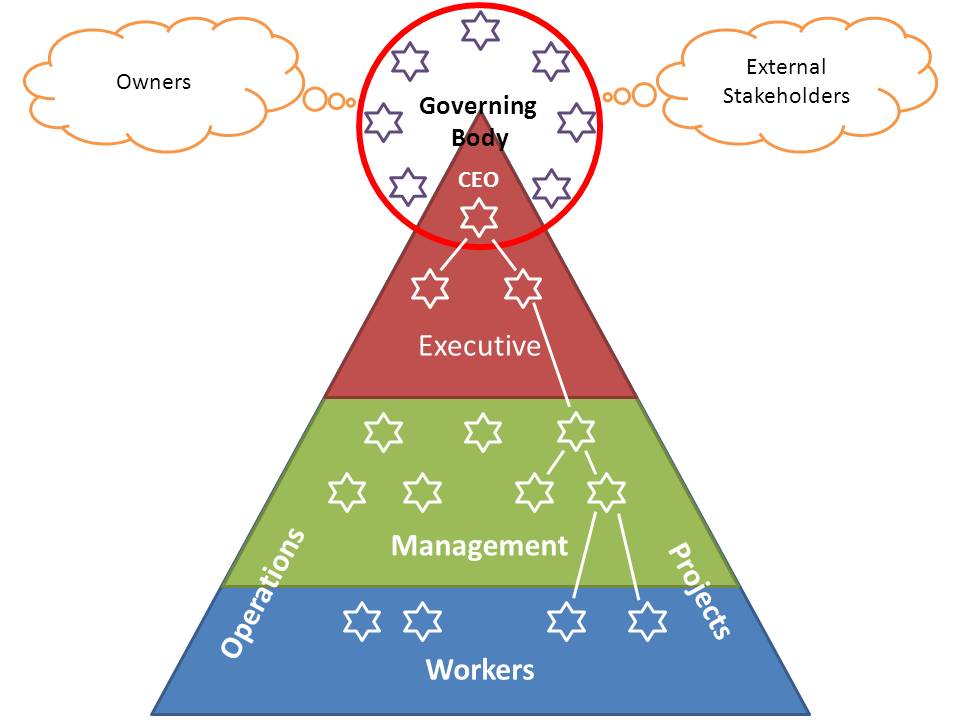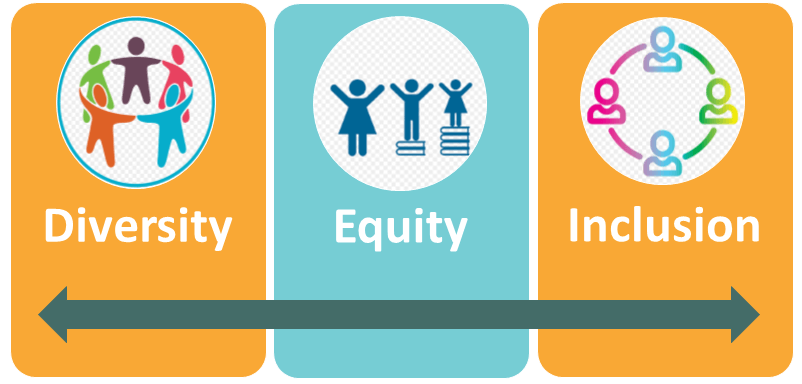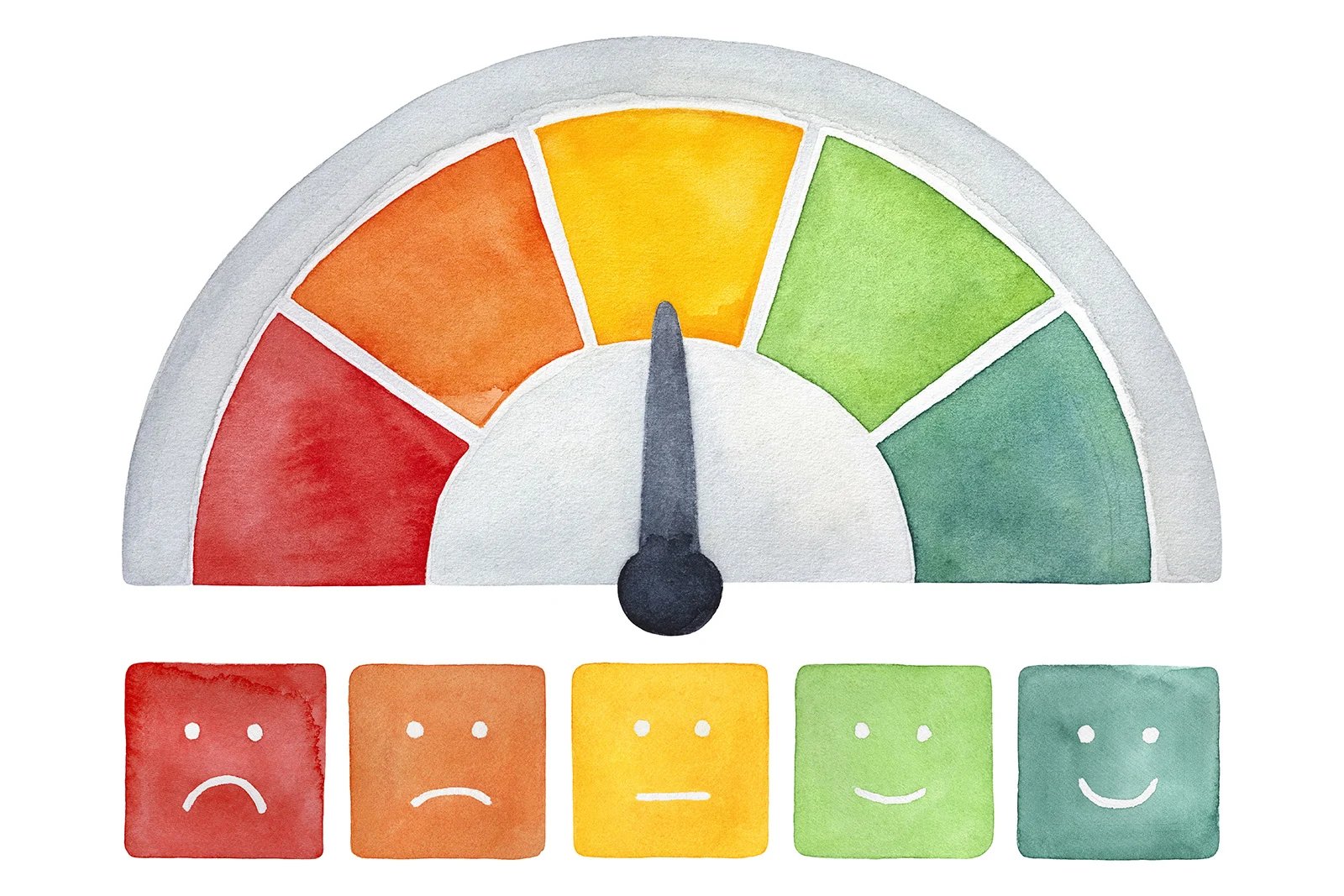What does good governance mean in 2023?
The governance world is increasingly turbulent, with boards needing help to stay on top of recent trends and adapt to ever-changing market conditions. Key focus areas such as cybersecurity and environmental, social and governance (ESG) initiatives are more important than ever as boards deal with the effects of changes in the field.
With ransomware attacks increased by nearly 500% since the start of the COVID pandemic and Australia still ranking low on the global Climate Change Performance Index for 2023, it is more important than ever for companies to stay abreast of these crucial issues.
Many boards struggle to shift from old modes of operation to new measures. Implementing changes such as increased stakeholder and investor involvement, as well as adapting to new technology and innovations, can be challenging in the boardroom.
If your board is seeking to understand the emerging governance trends of 2023, read on.  We have spoken exclusively to Paul Smith, the founder of Future Directors, who has shared his insight on the future within the governance space in areas such as cybersecurity, stakeholder governance, digital transformation and AI and diversity.
We have spoken exclusively to Paul Smith, the founder of Future Directors, who has shared his insight on the future within the governance space in areas such as cybersecurity, stakeholder governance, digital transformation and AI and diversity.
1. Stakeholder Governance
Stakeholder governance marks a major shift in boardroom organisation. Rather than prioritising shareholder interests, successful boards in 2023 are working to balance long-term profitability with positively impacting their community.
This community includes employees, suppliers, customers, shareholders and more. Boards need to recognise the interests of all stakeholders and prioritise sustainability and improved performance in their governance strategies. This factor has taken on increased significance both for board success and board investors this year.

“Companies are, I think, facing increasing pressure to consider the needs of all stakeholders. This has been around for a while, but it's gathering pace, and that includes internal stakeholders like employees, as well as external stakeholders like customers, investors, the community, the environment, as well as regulators and shareholders. Not forgetting donors for charities as well,” explains Smith.
“All of these stakeholders are shifting their needs and their requirements. It could be external stakeholders seeking more transparency, better performance, or internal stakeholders looking at the boards and actually making decisions based on the leadership or composition of the board. I'm hearing more and more stories of younger generations refusing to work for a company that has great ESG credentials on the surface, but when they look at the leadership team and the board, they see just a group of people that do not represent them and their values (ie white folk or white men).
So boards are really going to need to first acknowledge that times are changing and then develop effective strategies for their stakeholder engagement – including stakeholder mapping – because I know for certain with the boards I've worked with that not all of them are really fundamentally aware of who their stakeholders are, what motivates them, and what needs they from a company. They also do not look at the concept of “double materiality” - how stakeholders are impacting them and the company. And they need to do that to ensure that their organisations are operating in a responsible manner on behalf of all their stakeholders.”
2. Diversity, Equity and Inclusion (DEI)
Boards must be increasingly aware of promoting diversity in the boardroom. Drawing on a wide variety of experiences and backgrounds in the governance space will actively improve the function of the board, allowing directors to make decisions based on a wide variety of insights.
A diverse board could include members of culturally and economically diverse backgrounds, as well as representation across generations. Leaders in DEI can help boards identify and reduce their biases and increase board diversity. Recognising biases in the workplace and actively working to eliminate them marks a key step forward in both good business practice and moral practice.

Speaking on DEI, while Smith acknowledges that progress has been made, he also stresses that it’s not enough. “Board diversity, whilst continuing, is not happening at the pace we need, and there's still this fixation with single-issue social demographics, especially gender; when we need to focus on other levers like race, age, skill, culture etc but with the ultimate aim of making better decisions.
What we're still aiming for is diversity of thought, so it's less about board diversity and more about inclusive, open decision-making cultures where egos are put to one side. There is this growing recognition though that board diversity really does benefit decision-making and promotes innovative thinking and diversity of thought, and we should continue accelerating that, and that's a trend that we continuously see, although it has slowed somewhat through Covid where boards have sort-of bunkered down.”
3. Board Effectiveness
A well-functioning Board in 2023 provides crucial stability for its company. Clear communication between the board and the CEO (and management) is a hallmark of board effectiveness and remains key as both parties navigate challenges, including inflation, increased regulation and political instability.
Boards should strive to remain agile and proactive, capable of making quick, effective decisions in line with the CEO’s long-term strategy. They should work in tandem with management to achieve company goals, establishing the board as the key driver of business value.

Strong governance practices should be in place to reduce risk, enforce company compliance, foster transparency and increase accountability at all levels of the organisation.
Greater board effectiveness also includes crisis management. “ … if COVID has shown us anything, it's the importance of proper risk management and proactive crisis management,” begins Smith.
“We weren't really prepared for this, and the boards especially weren't really prepared for it. Boards, by and large, are reactive at the best of times, and then to have something of this magnitude is crazy for boards of all types to effectively respond to. What I want to start seeing is boards becoming – accounting for their time and resources - more efficient in what they do so that they can focus on adding value in these forward-looking areas. I want to see boards using technology to increase efficiency so they can be more proactive, more prepared, and develop robust crisis-management plans to ensure they are able to respond to expected and unexpected events. More future focussed boards rather than ones content with compliance and box ticking.
There's a big systemic change that needs to come with this, and I personally don't think that's coming yet, but there are certainly conversations that a few of us are starting to have; ‘Actually, are boards set up to succeed in modern times?’”
4. The Pay Gap
In 2023, companies will be held accountable. Organisations are expected to promote fair social standards and act responsibly to their employees. The pandemic, in particular, has brought the issue of executive compensation further into the spotlight, highlighting the pay disparity between CEOs and low-wage employees.
As CEO pay soared, small businesses failed, and average workers struggled to make ends meet. Off the back of the pandemic, there is increased pressure on companies to bridge this salary gap. Boards should reevaluate their compensation structure in order to foreground the need for equity in executive pay.

Boards should start with a comprehensive review of their executive pay structure (including salaries, incentives, bonuses and any other forms of compensation), with an eye to its competitive nature and equity on all levels of the organisation.
5. Cybersecurity
Cybercrime is at a record high across all industries. Boards must be increasingly up-to-date on all cybersecurity measures in 2023 in order to protect their company and its operations and assets.
“Boards must have a strong understanding of cybersecurity risks and ensure their organisations have adequate measures,” warns Smith.
“The issue that's happening right now is whilst while the boards are being given a lot of information, they're not sure how to implement it, and they're relying heavily on external expertise. They need to bring this expertise into the boardroom, and I don't just mean having a cybersecurity expert as a board director; I mean having independent sources of information outside of management. This is a trend I believe we're starting to see more of as boards look beyond management for sources of information that can help them with their decision-making, as opposed to relying really heavily on management..”
6. Technology
Another top trend in the governance space is “... this continued, rapid advancement of technological and digital transformation, which is increasing digitalisation across all industries,” states Smith.
“All companies are now technology companies. Boards need to embrace the implications of this and ensure that their organisations and companies have the necessary digital capability to remain competitive. But on top of this, because my focus is always back into the Boardroom: How is technology impacting the board's operations? Whether it's simply through tools like BoardPro through to how they are utilising AI to help with their decision-making.”
7. Board Evaluations
Regular board evaluations allow companies to improve the effectiveness of their boards by offering insight into its strengths and weaknesses. Periodic performance evaluations for the board as a body, as well as for individual board members and the CEO, will foster an environment of continuous improvement and growth in workroom practices.
Evaluations should touch on key factors of board effectiveness, reviewing governance structures and processes to identify any areas for improvement. A forward-thinking board is one that is not afraid to point out its faults in order to improve them, making it a productive governing body. Regular evaluations also signal to investors, regulators and stakeholders that your board is aware of its business practices and committed to operating efficiently and effectively.
8. The tone in the Middle
The tone in the Middle is a relatively newer subject in the governance space that seeks to empower employees to speak up and act to enforce effective compliance and ethics in a company situation where other members may be pursuing ethically questionable agendas. It promotes a workplace culture that actively discusses ethics and relies on the insight of middle management, who often have closer connections to the general workforce than executives and board members.

It is critical that board members recognise any discrepancies between the ethics at the top of their organisation and within the middle of the company in 2023. True corporate culture is encapsulated by the views of middle-ranking employees. In order to stay true to both their business goals and their moral imperatives, organisations must be aware of these differences and seek to rectify them in line with good governance and company standards.
Speaking on this in a broader context, “It's this concept of holacracy,” states Smith, “which is a philosophy that looks at distributed decision-making rather than a traditional hierarchical structure.”
“Imagine a company was building a new skyscraper, and you ask people where the boardroom sits. 99% would probably say the top floor or near the top. To use the analogy of the human body, we can change our thinking around the role of the board within a corporate organism, and its potentiality as the beating heart with nerves going out to different parts of the body, which have got closer relationships with stakeholders. And so that information flow, that decision-making happens across the enterprise. One of the things we're talking about more and more is that governance is not just for boards; governance is across an organisation. Because what is governance? Governance is stewardship, governance is decision-making, and that happens everywhere. Yes, the board has ultimate responsibility and accountability for so many parts of that, legally and morally, and they set the tone, but it doesn't mean they have to be from the top.
So, I think this is very early days, but you're starting to see it with a few companies who are going, ‘Why are we using a very traditional hierarchical board structure? Is that really fit for purpose?" And I think that's hopefully a trend that future directors can push more and more this year and beyond.’”
In order to maintain a high standard of governance in the boardroom, boards should strive to embrace the changes in their industry, working to implement key standards such as ESG initiatives and new business technology. Adapting traditional models of Boardroom governance to suit our current industry climate will allow Boards to remain relevant whilst protecting their own interests, as well as those of their stakeholders, as we move forward in 2023 and beyond.
Share this
You May Also Like
These Related Stories

Introducing Simon Telfer - Another governance expert supporting the BoardPro community

So you want to be a board director


